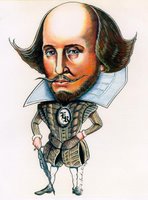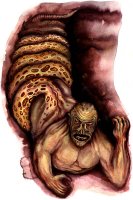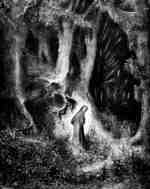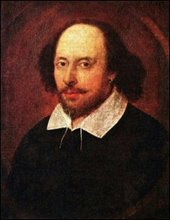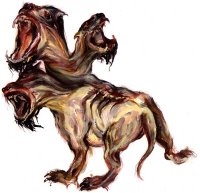
Schema: we reviewed what is needed in the project PowerPoint.
Use the rubric below as a guide to make sure you have covered all the critical information.
1. Canto ___ ________________________________
2. Circle ___ ________________________________
3. Sin ___ ________________________________
4. Punishment ________________________________
5. Mythic figure ________________________________
6. Character/sinner ________________________________
7. Citation __ _____________________________
8. Discussion Basic Proficient Goal Exemplar
9.Literary concepts Basic Proficient Goal Exemplar
10.Class work Basic Proficient Goal Exemplar
11.PowerPoint Basic Proficient Goal Exemplar
12.Presentation Basic Proficient Goal Exemplar
Remember to discuss literary concepts - allegory, archetypes, imagery, symbols. Also, don't confuse imagery and symbol. Imagery is language used to create a vivid image, like when you were grossed out by the worms and maggots eating the offal from the Opportunists. A symbol has a meaning outside of itself and its story context.
Edit the PowerPoint using the rule of six - no more that 6 bullet points and six words per point. We can violate this somewhat because of the quotes and the fact that this will be a resource to be read later on, not simply presented.
Two quotes are needed and they will be cited as such: (X. 23-24) A quote from the summary or notes simply lists a page number: (163).
I expect you'll have read the canti before and after your canto and that you'll use them if necessary to define the sin, sinner, or punishment.
Good luck - we begin presenting tomorrow.



 The Agincourt cross over the graves of unnamed French dead
The Agincourt cross over the graves of unnamed French dead





